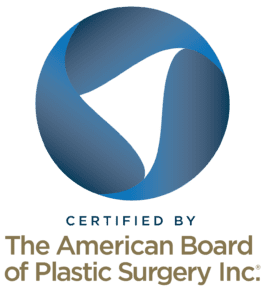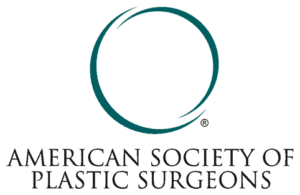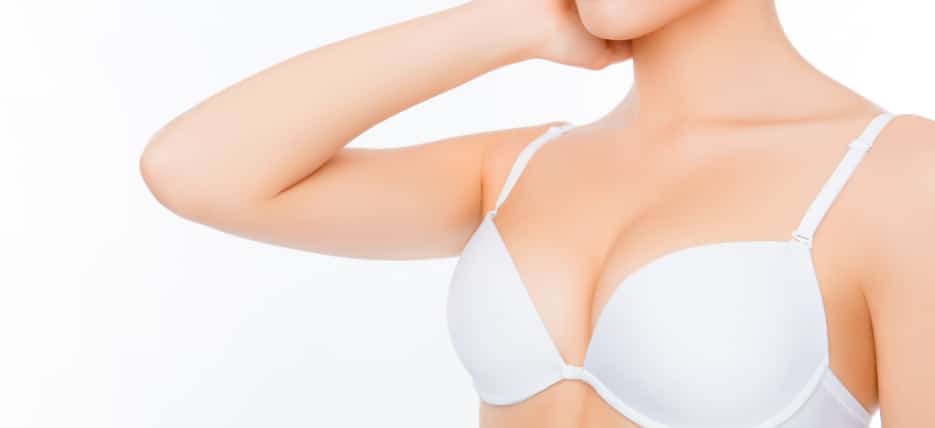
Fat transfer breast augmentation scars are significantly different from traditional breast augmentation (with implants) scars. Most notably, they are smaller and harder to see.
Still, patients will experience some light scarring with this cosmetic procedure, and it’s good to know what you can expect. Below, we’ll discuss all things fat transfer breast augmentation scarring: where they’re located, what they look like, and how to minimize their appearance. But first, let’s look at the science behind fat transfer breast augmentations.
How Are Fat Transfer Breast Augmentations Performed?
Performing any type of fat transfer or fat grafting procedure requires a two-step process.
First, excess fat is gently removed (with liposuction) from specific areas of the body such as the abdomen or thighs. The removed fat is then carefully prepared for reinjection.
In the second part of the process, with the patient under anesthesia for their comfort, the plastic surgeon will strategically inject the harvested fat into the breasts. It’s important to put the fat where it will make the most impact — and where the patient desires added volume, of course.
Finally, all incisions will be carefully closed, and the patient will be taken to a recovery room.
It can take some time for the newly relocated fat to develop in the breasts, and some fat will not survive the transfer process. Any fat that does not survive will simply be reabsorbed by the body.
Does a Breast Fat Transfer Leave a Scar?
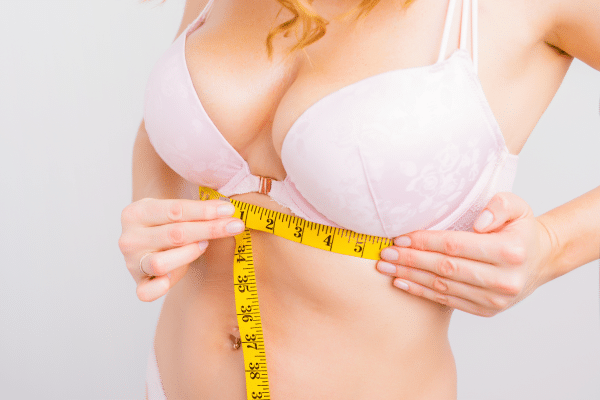
What Do Breast Augmentation with Fat Transfer Scars Look Like?
Fortunately, cannulas are small, so the required incisions only need to be big enough to accommodate the diameter of the cannula tube. This means incisions are usually less than a half an inch long.
When they heal, most liposuction scars simply look like small dots. With time, they should flatten nicely and fade. Some patients with darker skin may see their scars become darker, but the color should still blend better with the surrounding skin over time.
Where Can Liposuction Be Performed?
Liposuction can be performed most anywhere on the body, provided the patient has enough excess fat in the area for harvesting. Naturally, patients typically want to initiate liposuction in places where stubborn excess fat is bothering them.
For a lot of patients, that means the abdomen. But lipo can also be performed on the thighs, buttocks, upper arms, calves, chin, and elsewhere.
Some patients may only be interested in the breast surgery part of this procedure, so they may not care as much where unwanted fat is removed. For others who are highly motivated to undergo liposuction, we can extend the liposuction portion of surgery and perform body sculpting wherever you have unwanted fat. We may not end up using all of the fat we remove for a natural breast augmentation, but the extra can simply be safely disposed of.
Where Are Scars From Breast Fat Transfers Located?
This depends on what area of the body is undergoing liposuction. Plastic surgeons do their best to hide incisions where they won’t be noticeable as scars.
Most abdominal liposuction procedures, for example, will have incisions placed within the belly button or low on the abdomen below the bikini line. Belly button scars will be concealed within the navel, and lower abdomen scars will be concealed by clothing — most of the time, even by small bikini bottoms and underwear.
Likewise, liposuction performed on the thighs may have incisions placed inside the upper leg close to the bikini area. Liposuction on the buttocks may have incisions placed within the butt crack.
Scar Prevention and Management
As a plastic surgery patient, there are steps you can take to help minimize the appearance of your scars after the fat transfer process as well:
1. After your cosmetic surgery, be gentle when handling incisions to avoid irritation.
2. Try silicone gel sheets to reduce scar appearance (check with your surgeon first).
3. Gently massage the scar area to improve circulation and healing (check with your surgeon first).
4. Protect scars from sun exposure to prevent hyperpigmentation.
5. Stay well-hydrated to support overall skin health and scar healing.
6. Quit or abstain from smoking to improve scar outcomes.
7. Maintain a nutrient-rich diet to aid tissue repair and scar healing.
8. Regularly consult your surgeon for personalized scar care advice.
FAQ: Fat Transfer Breast Augmentation
How much does a fat transfer breast augmentation cost?
Cost estimates will be different depending on who you choose as your plastic surgeon, where geographically you have surgery, and the extent and scope of your surgery. We recommend booking a consultation appointment with your desired plastic surgeon to get an accurate quote directly from them.
Does fat transfer breast augmentation look natural?
Yes, and that’s one of the most notable benefits of this procedure. Implants can look quite natural as well, especially if you find a good surgeon and choose the right breast implants. But the transfer of fat cells often appear even more natural because the effect is more subtle, and you’re actually using fat to add volume — not a prosthetic implant.
How painful is breast fat transfer?
Patients may experience mild discomfort after surgery due to the liposuction portion of surgery. But overall, the breast fat transfer procedure is not known to be very painful. If you do experience discomfort, it can be mitigated with pain medication.
Can you undergo other procedures alongside a breast fat grafting procedure?
Yes, certainly. Patients may opt for a breast fat transfer while getting a tummy tuck, breast lift, or as part of an entire mommy makeover surgery, for example. Simply convey your goals to your surgeon and they will help you create a surgical plan that can achieve your desired results.
Schedule a Consultation Appointment With Dr. Steinberg
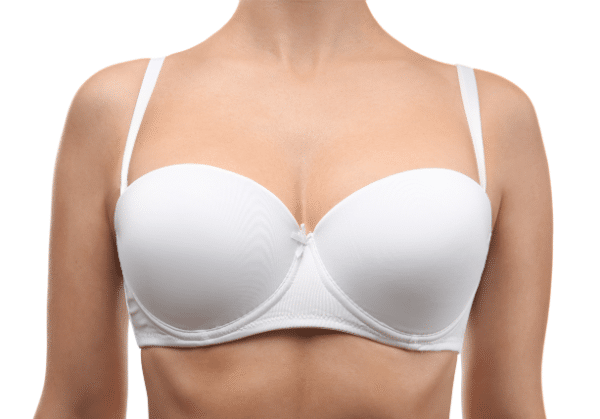
To book a consultation with board certified plastic surgeon Dr. Ashley Steinberg and learn more about this procedure, please give our office a call today.
References
https://www.plasticsurgery.org/news/blog/fat-grafting-for-breast-augmentation









